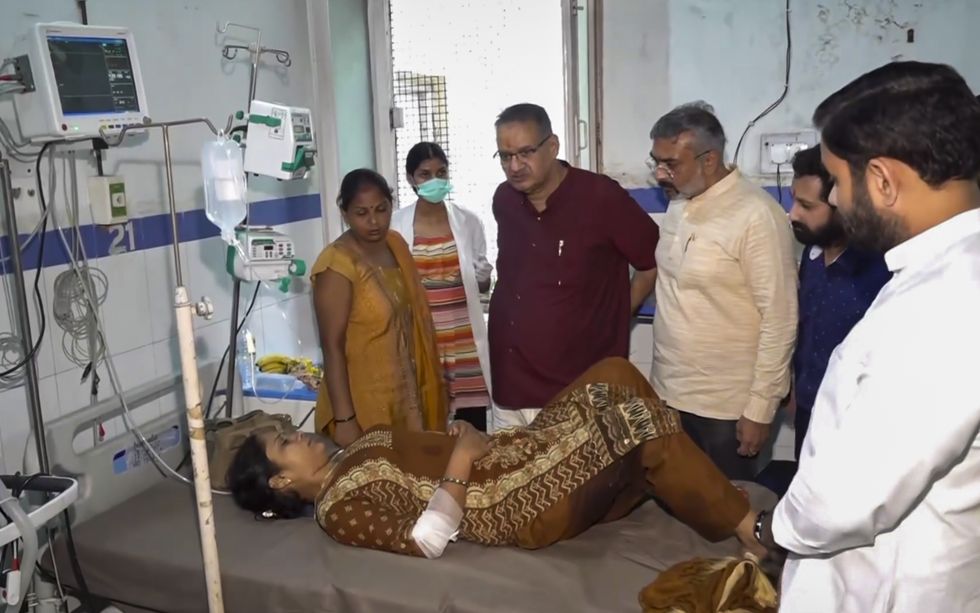WAGAMAMA has opened its first restaurant in India, launching a flagship outlet in Mumbai’s Churchgate area. The restaurant is located in the restored Cambata Building, home to the Eros cinema.
Founded in London in 1992, Wagamama serves Asian-inspired dishes and operates in over 18 countries. The Mumbai outlet is operated in partnership with K Hospitality Corp.
“We don’t just serve food, we serve energy,” said Francisco Neves, Senior VP of Franchise and Partnerships. “Wagamama is a kitchen for the soul. Playful, purposeful, and powered by good food that uplifts. India has a rich appreciation for flavour, freshness, and culture, and Mumbai was the ideal city to begin this journey.”
The restaurant features Wagamama’s minimalist design with shared wooden benches and an open kitchen. The menu includes dishes such as chicken katsu curry, yasai yaki soba, firecracker chicken, bao buns, gyoza, and ramen bowls. More than half the menu is vegetarian or vegan, with Jain-friendly options clearly labelled.
Francisco Neves added, “We’re thrilled to be partnering with K Hospitality to bring Wagamama to India. Mumbai is a vibrant, cosmopolitan city with a world-class food culture; an ideal first step for our journey in the region.”
The company plans to expand to Delhi NCR next, followed by other cities.



















 Uttarakhand Minister Ganesh Joshi, in red shirt, meets an injured lady undergoing treatment at a hospital after a stampede broke out at Mansa Devi temple, in Haridwar, Uttarakhand, Sunday, July 27, 2025. (PTI Photo)
Uttarakhand Minister Ganesh Joshi, in red shirt, meets an injured lady undergoing treatment at a hospital after a stampede broke out at Mansa Devi temple, in Haridwar, Uttarakhand, Sunday, July 27, 2025. (PTI Photo)